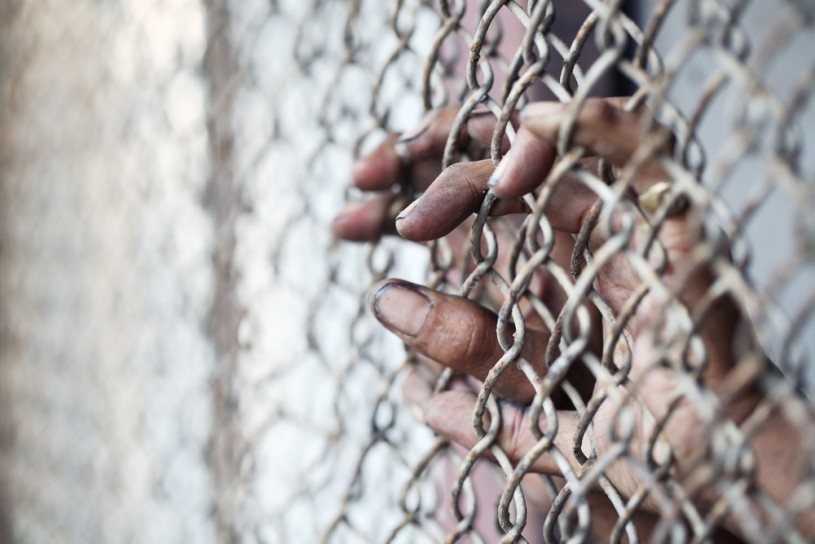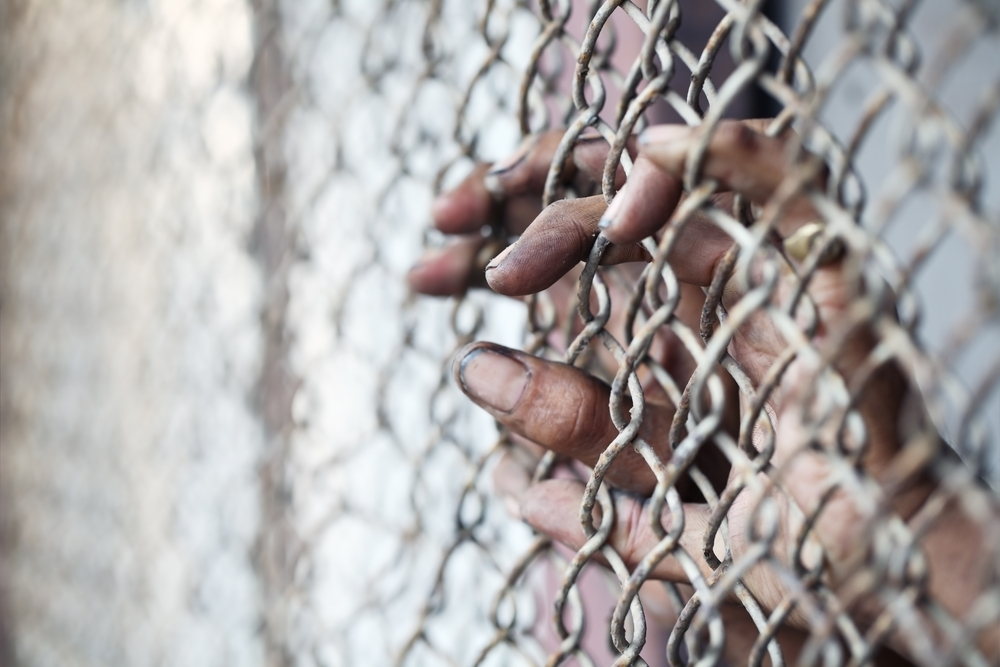
(Image: Shutterstock)
A few weeks ago, I walked through the streets of Edinburgh, Scotland, making my way to the Parliament. While working there on the Justice Committee, I was faced with a different version of a social problem in the U.S.: the poor and unstable are flooding the prison system. Our Committee began discussing a new bill, starting with female imprisonment.
First, a bit of context: the population of Scotland is around 5 million. Just over 8,000 are incarcerated, and around 400 of these are women. While this number seems small, women’s prison populations have doubled in Scotland over the last ten years. The problem is urgent since prisons are at full capacity.
Why is the female prison population growing? We know it’s not because of an increase in women’s criminal activity. The rate of female arrests has actually stayed the same.
Women’s imprisonment numbers are increasing because women are being imprisoned, released, and then re-imprisoned. A Scottish study by the Poverty Alliance (Out of Jail But Still Not Free), found that “72% of people discharged from custody after a short sentence of six months or less are reconvicted within two years.”
Clearly, prison sentences are not stopping crimes, they are propagating them.
I wanted to figure out how Scotland can break this cycle. So I began by researching why women were incarcerated in the first place.
Nearly 100 percent of women were arrested for minor, nonviolent crimes. These are the types of crimes that are committed mostly because of economic instability—and necessity—as many struggle to live lives within the law. The issues facing convicted women—extreme poverty, unemployment, lack of housing, and many others—make them vulnerable to such crimes.
Because imprisonment does not solve the issues these women face, re-offending is likely.
Out of Jail but Still Not Free states that “issues such as unemployment; low pay; debt; poor, insecure or unaffordable housing; low educational attainment; lack of access to education and training; physical or mental health problems; are all dimensions of poverty.”
I thought back to what I had learned about patterns of wealth inequality in Scotland.
The Scottish Government has conducted studies for the last few years, and concluded there has been a dramatic growth of wealth inequality. They found that 10 percent of households owned 44 percent of all private wealth in Scotland, and 2 percent of households own 17 percent of all personal wealth in Scotland. In comparison, the least wealthy 50 percent of households owned only 9 percent of private wealth.
These numbers have only been increasing in the past decade.
Here, the issues of imprisonment and economic inequality converge. While the poor have become worse off, Scotland has seen a simultaneous growth of the prison population due to re-offending.
Considering these realities, Committee members asked me to look at alternatives to sentencing as a potential way to help women escape the cycle of imprisonment and release. This alternative model would keep people out of prison by rehabilitating and reintegrating convicts through mentorship, economic support, and group accountability.
Providing support instead of punishment relieves economic burdens that are exacerbated by imprisonment, and can truly help people by creating stability in their lives. The research and discussion I was involved in have led to a push for many Scottish politicians to support the upcoming bill on prison reform later this year.
A few weeks upon my return from Scotland to the U.S., I found myself once again walking the streets of the Capitol on my way to work. Like Scotland, America faces incarceration of the poor, but on a larger, more complex scale. In both countries, the poor struggle to escape the cycle of re-imprisonment. The U.S. has seen prison population increases as well, except on a much higher, more terrifying scale.
Over 2 million people are in prison in the United States. This is more than any other country in the world. Women make up about 8.8 percent of the incarcerated. There are currently 205,000 women in prison in U.S., meaning that from 1980-2010, there was a 646 percent increase. Over one-third of all female prisoners all over the world are kept in the United States, and because the number is growing, there is much reason for concern.
Also similar to Scotland, the U.S. has seen an increase in wealth inequality. It has been reported that the top wealthiest 1 percent possess 40 percent of the nation’s wealth, while the bottom 80 percent own 7 percent.
As in Scotland, the trend of rising inequality has been accompanied by growing incarceration rates.
In Scotland, and the rest of the world, imprisonment is seen as a problem and a last resort to crime. This is why they are trying to solve the issue before it becomes worse. In the U.S. however, more and more people are locked away every day and mass incarceration has become normalized.
Scotland is focusing on alternative means of sentencing to combat the underlying issue of economic instability. Perhaps implementation of this structural change will, over time, allow many to escape the cycle of incarceration. As of late, President Obama has been pushing for reduced sentences. He recognizes that money spent on incarceration could be better diverted. The President stated, “We have to ensure as [the convicted] do their time and pay back their debt to society we are increasing the possibility they can turn their lives around.”
If the Scots’ experiment to combat this issue through sentencing alternatives works, maybe there is something beneficial that Obama, and the rest of America, can learn from Scotland.
